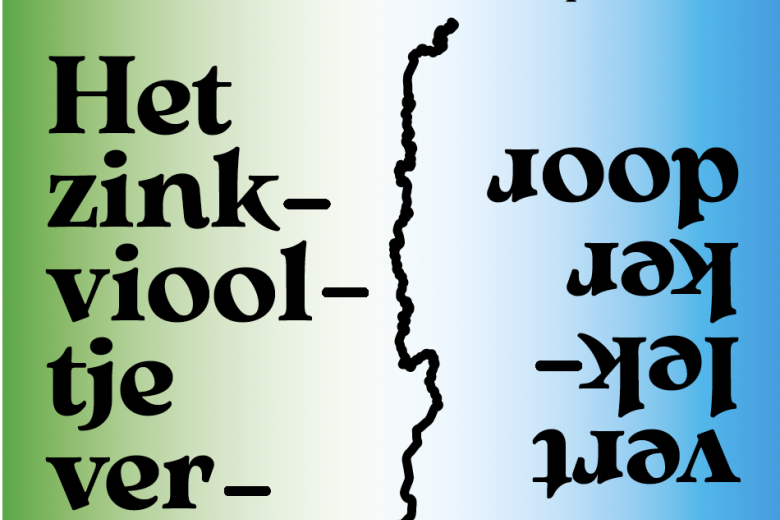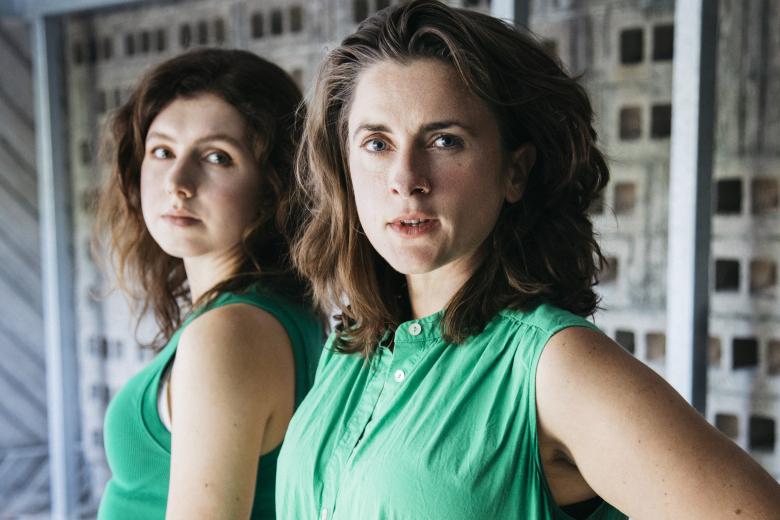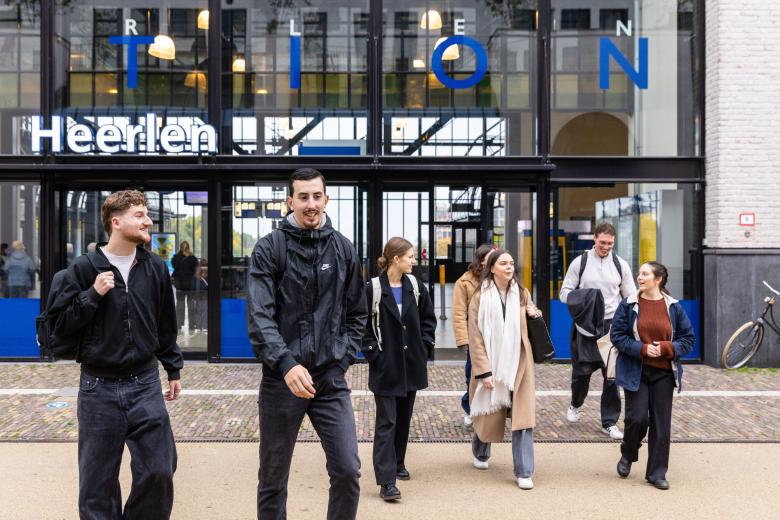Post-crisis teleworking for frontier workers
The COVID-19 pandemic forced many employees into teleworking, frontier workers included. For many people, it seems to be the new standard to work from home. For frontier workers, the relevant treaties and regulations on the coordination of social security systems could have major consequences.
The authorities have decided to neutralise the consequences of taxation and the insurance obligation for the duration of the pandemic. The current rules would lead to a substantial effect on the ratio between net and gross income for those who are working (partially) from home. Employers would also feel these consequences in terms of wage costs. Depending on personal circumstances, some frontier workers could benefit and others won’t. The same goes for wage costs for the employer; these will be higher in some situations and lower in others.
The question rises whether measures can be taken to protect frontier workers from the consequences of working from home. In the report ‘working from home after the crisis’, some suggestions are made to control the amount of taxation and social insurance payments, e.g. an extend of the so-called 25% rule to 40% in case of working from home for a single employer. An example is an agreement based on art. 8 Regulation (EC) 883/2004, opening up the discussion for new legislation.
| Return to lawreview2021 |
Also read
-
Veldkrant Geuldal
We are happy to share the publication of the Veldkrant Geuldal. Over beheertwijfel in een veranderend landschap. The veldkrant was written by Claartje Rasterhoff and Christian Ernsten, in collaboration with Erik Wong and Thijs de Zeeuw, and published by MACCH in October 2025.

-
Can Europe resist the digital oligarchy?
Are EU citizens essentially the serfs of a handful of American monopolies? Here, Maastricht University researchers Valentina Golunova and Dani Shanley discuss the geopolitical and institutional consequences of the new ‘digital oligarchy.’ Why do its leaders—paradoxically—still need our consent for...

-
Promenade I in Heerlen preferred location for Maastricht University, further exploration to follow
After careful consideration, Promenade I has emerged as the clear preferred location for the establishment of Maastricht University (UM) in Heerlen. In the coming period, the municipality of Heerlen and UM will jointly investigate the feasibility of this step, which should be accompanied by a...
